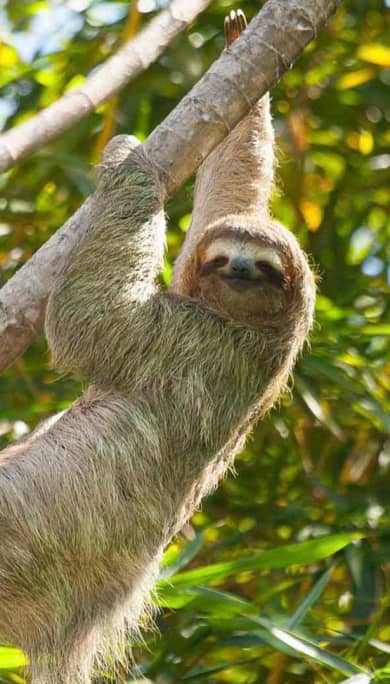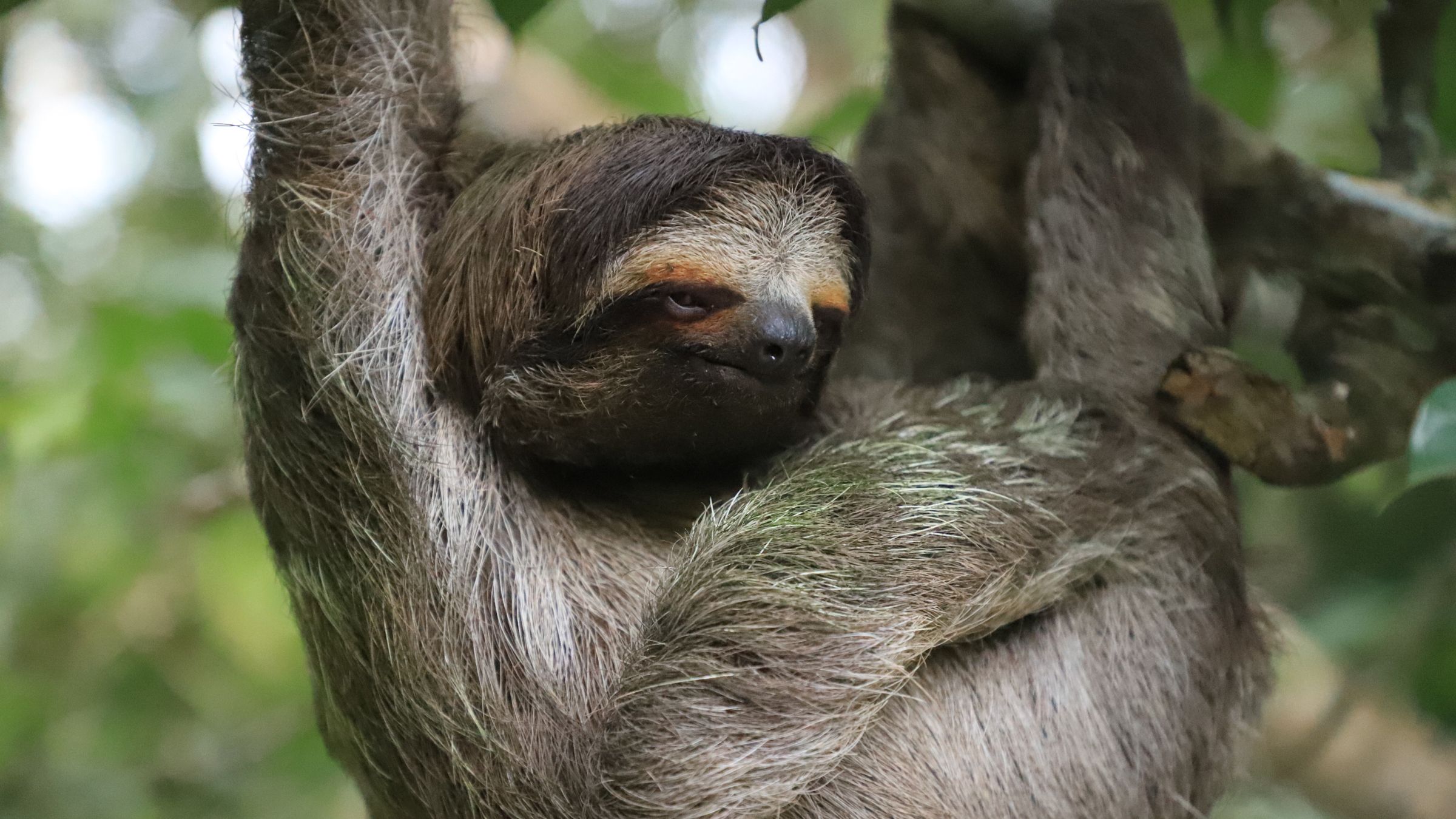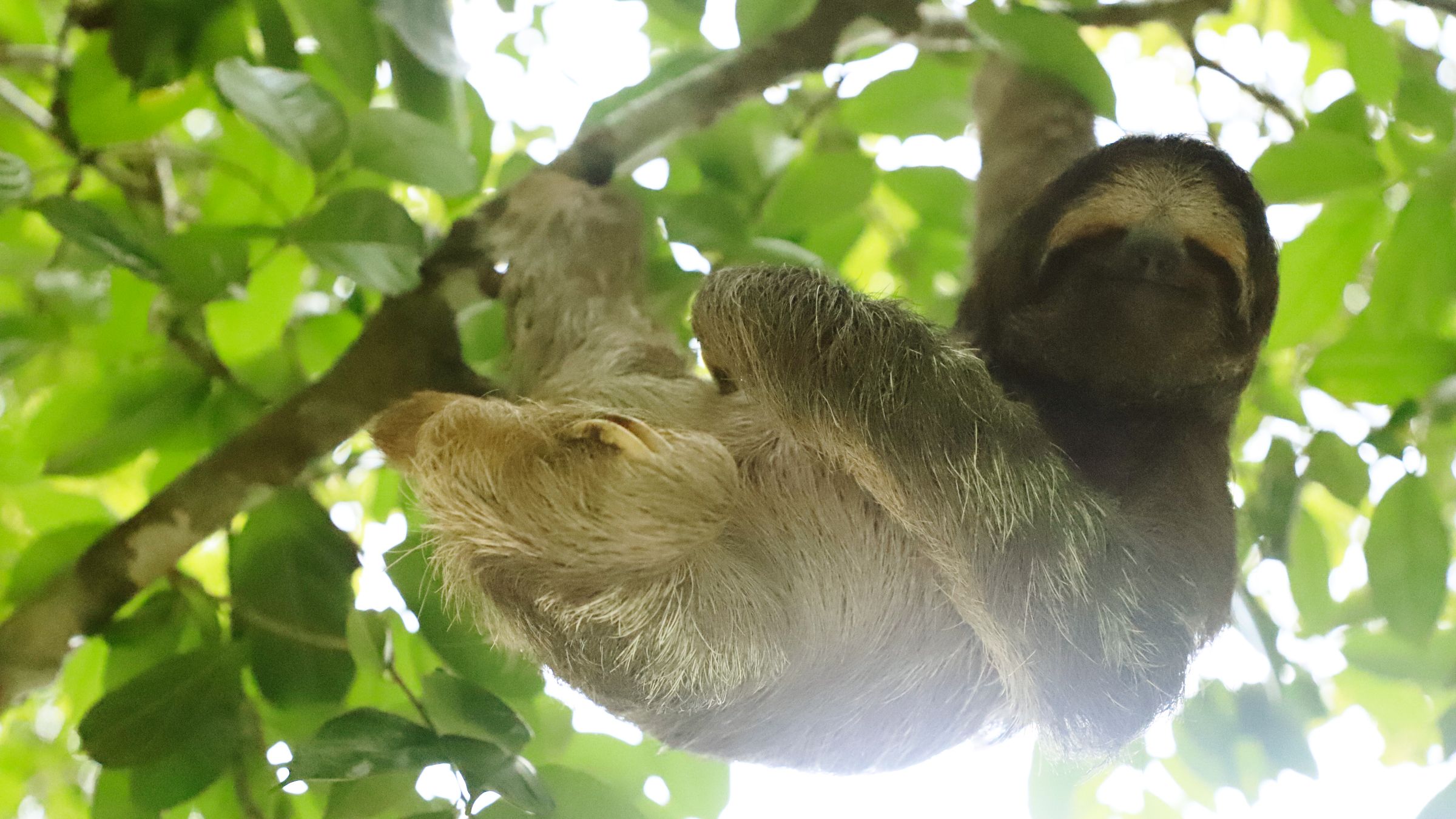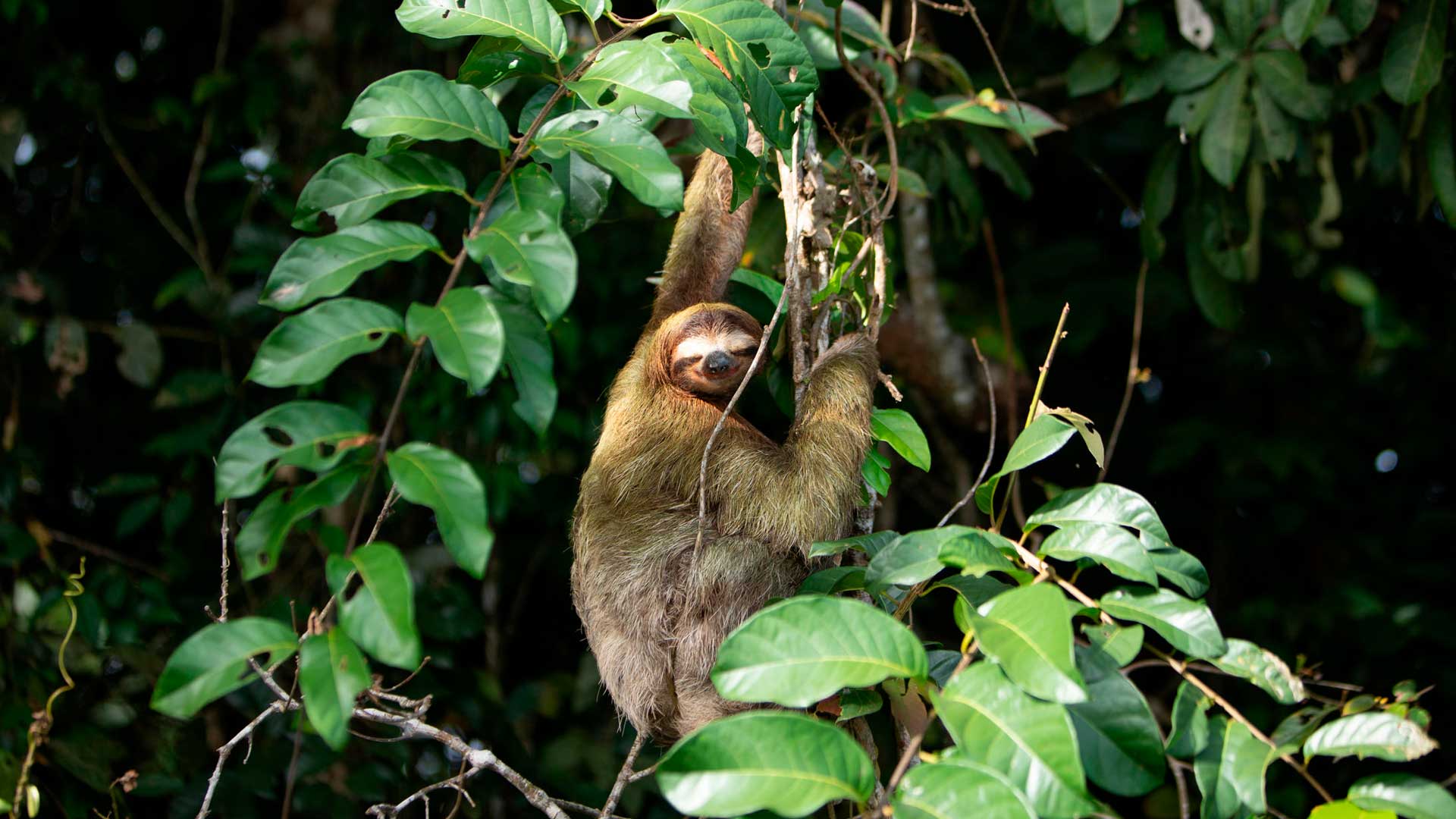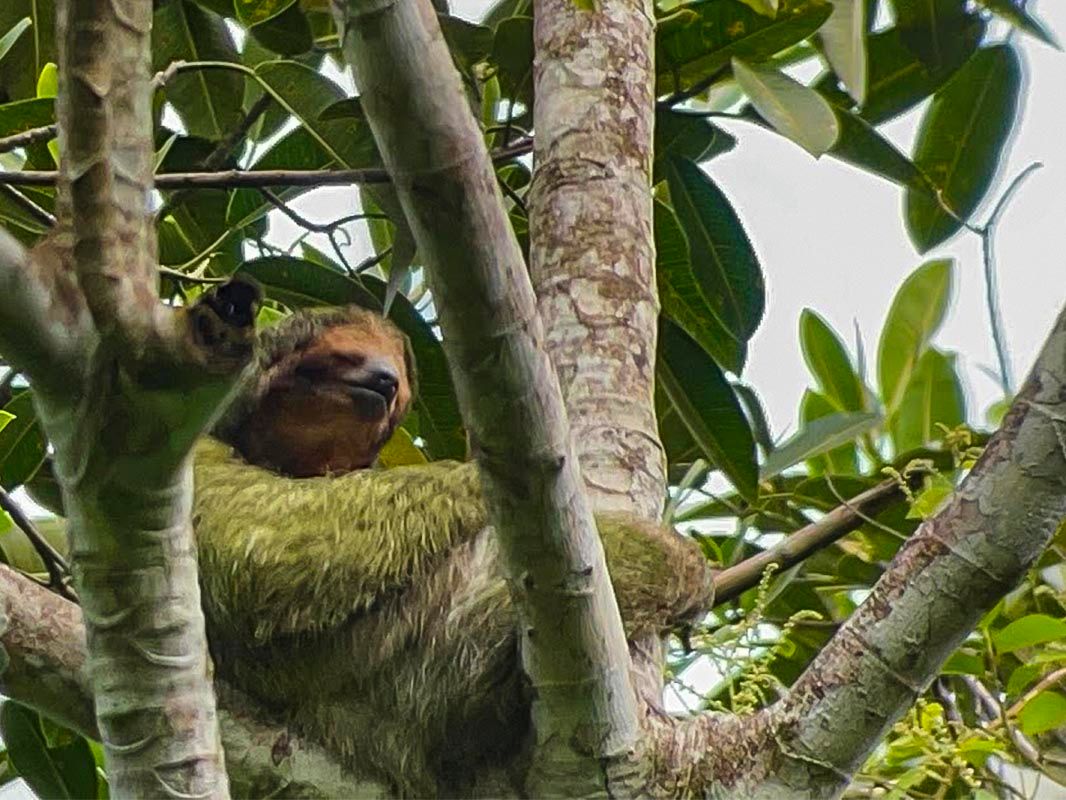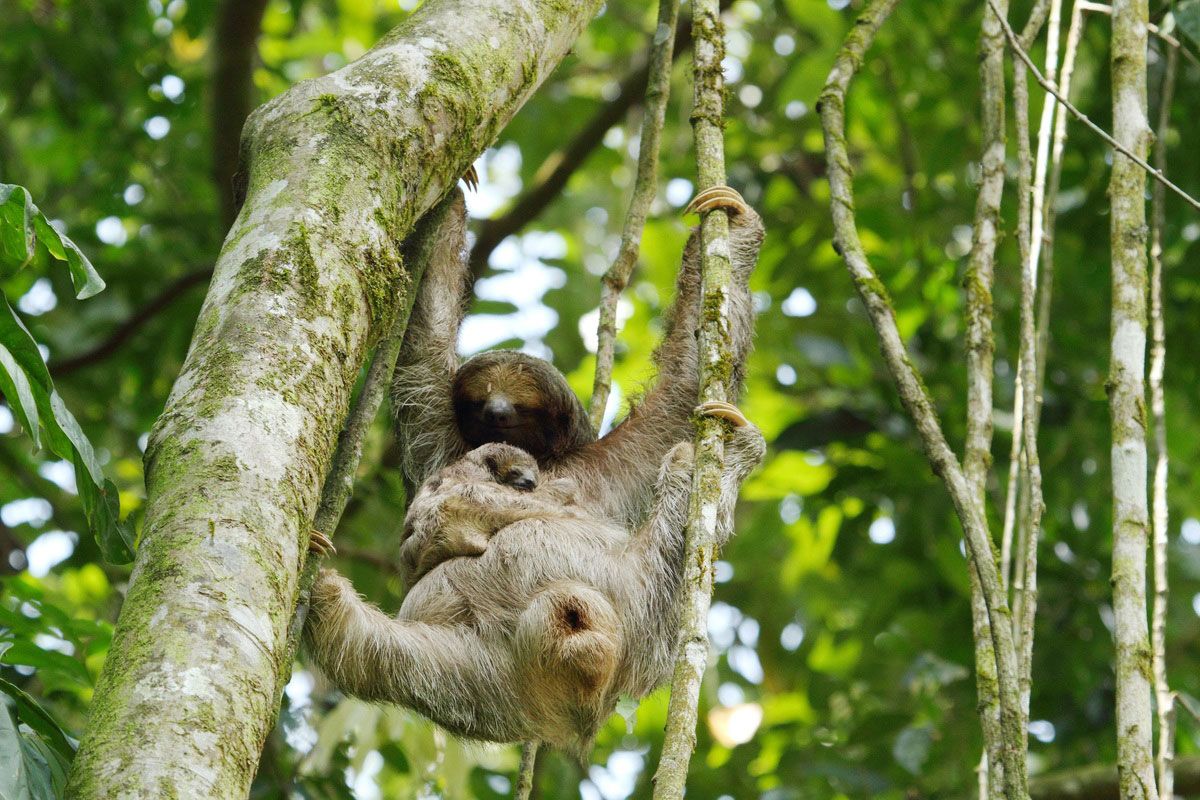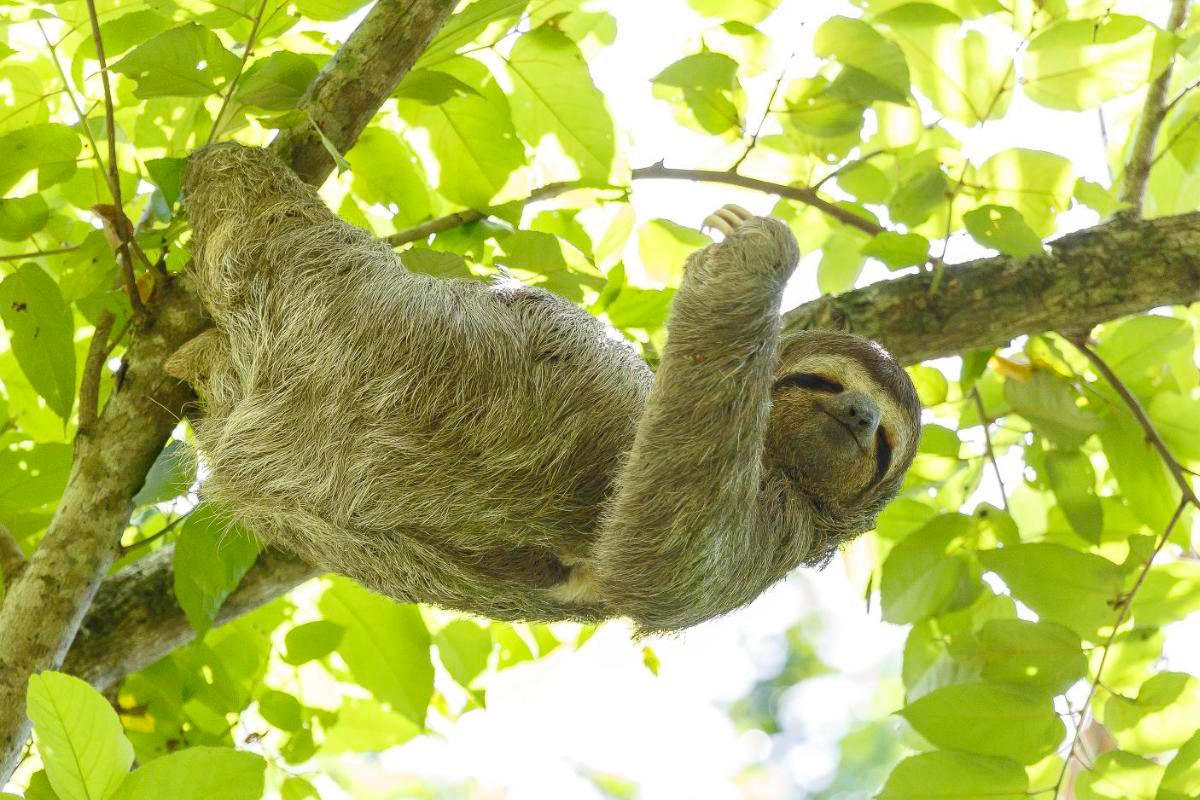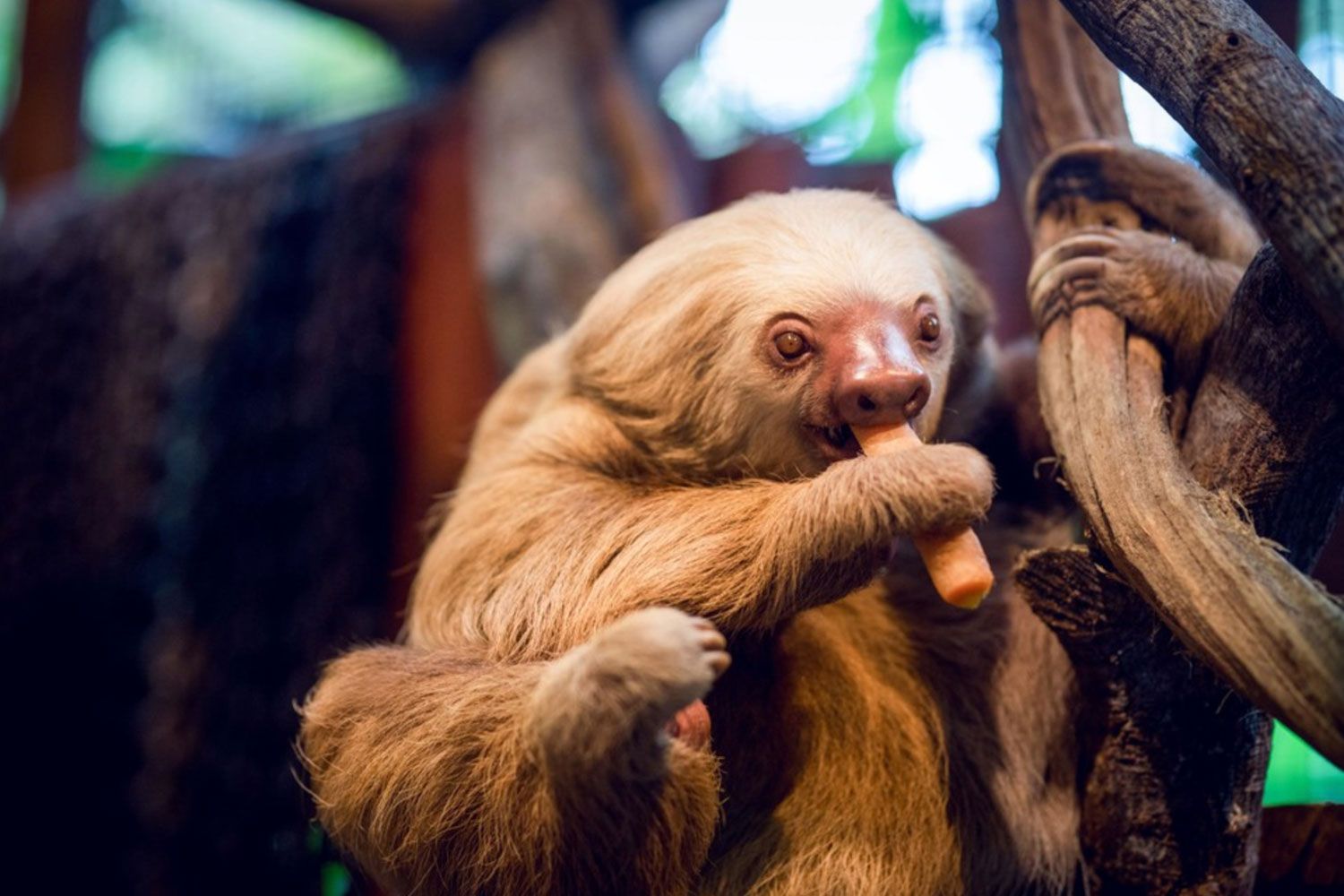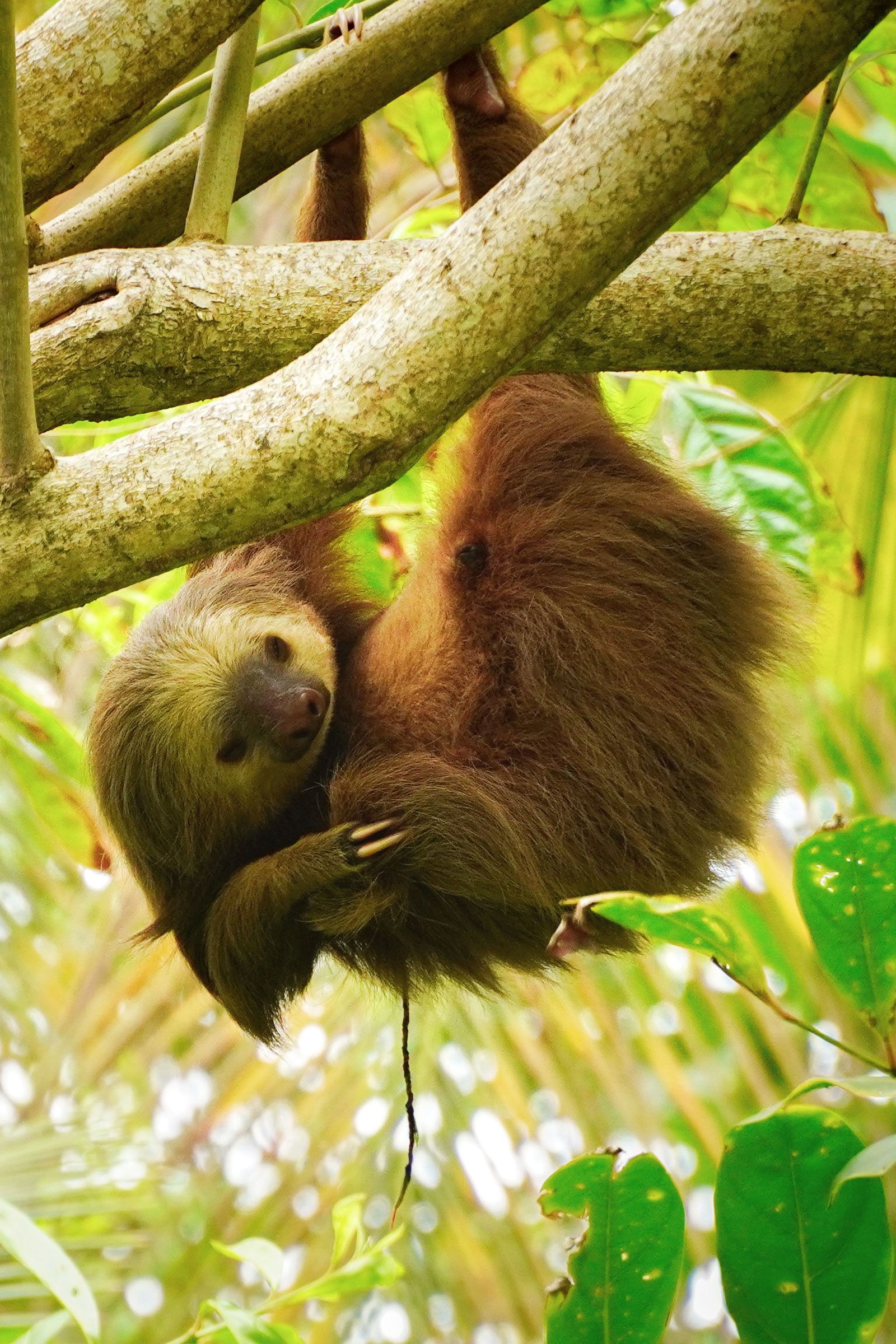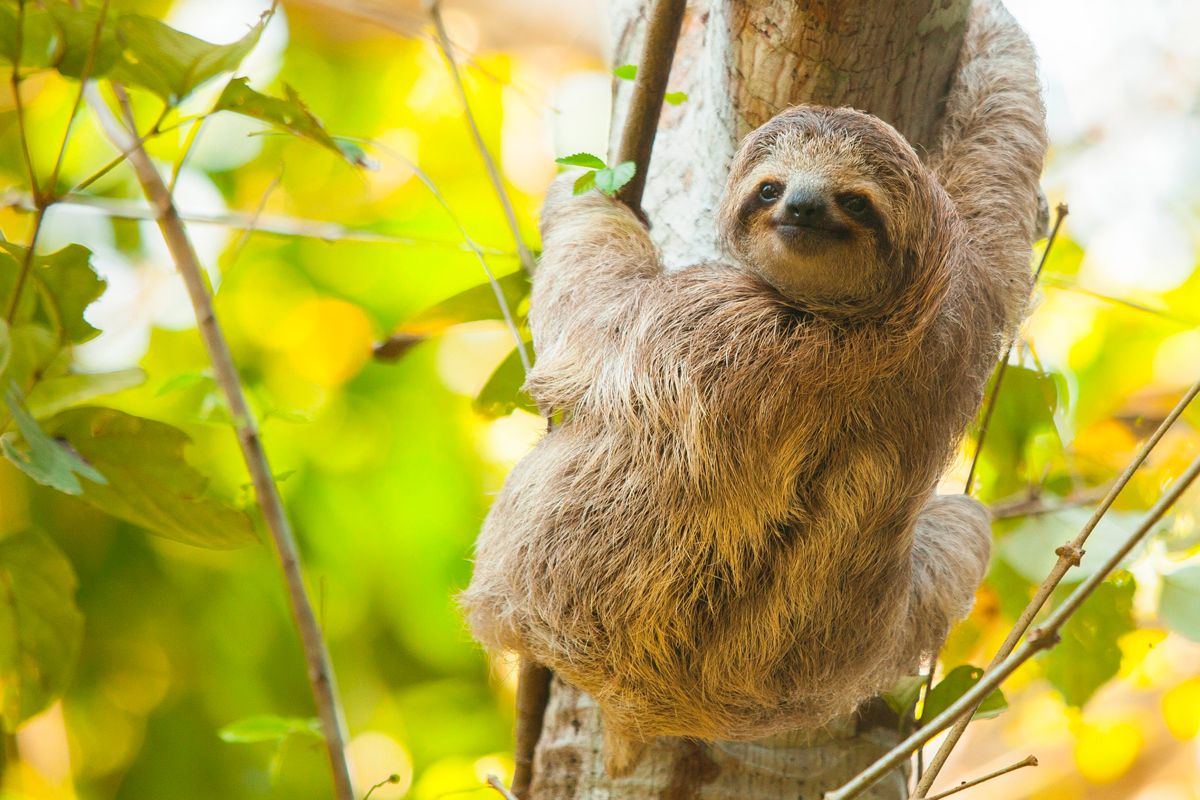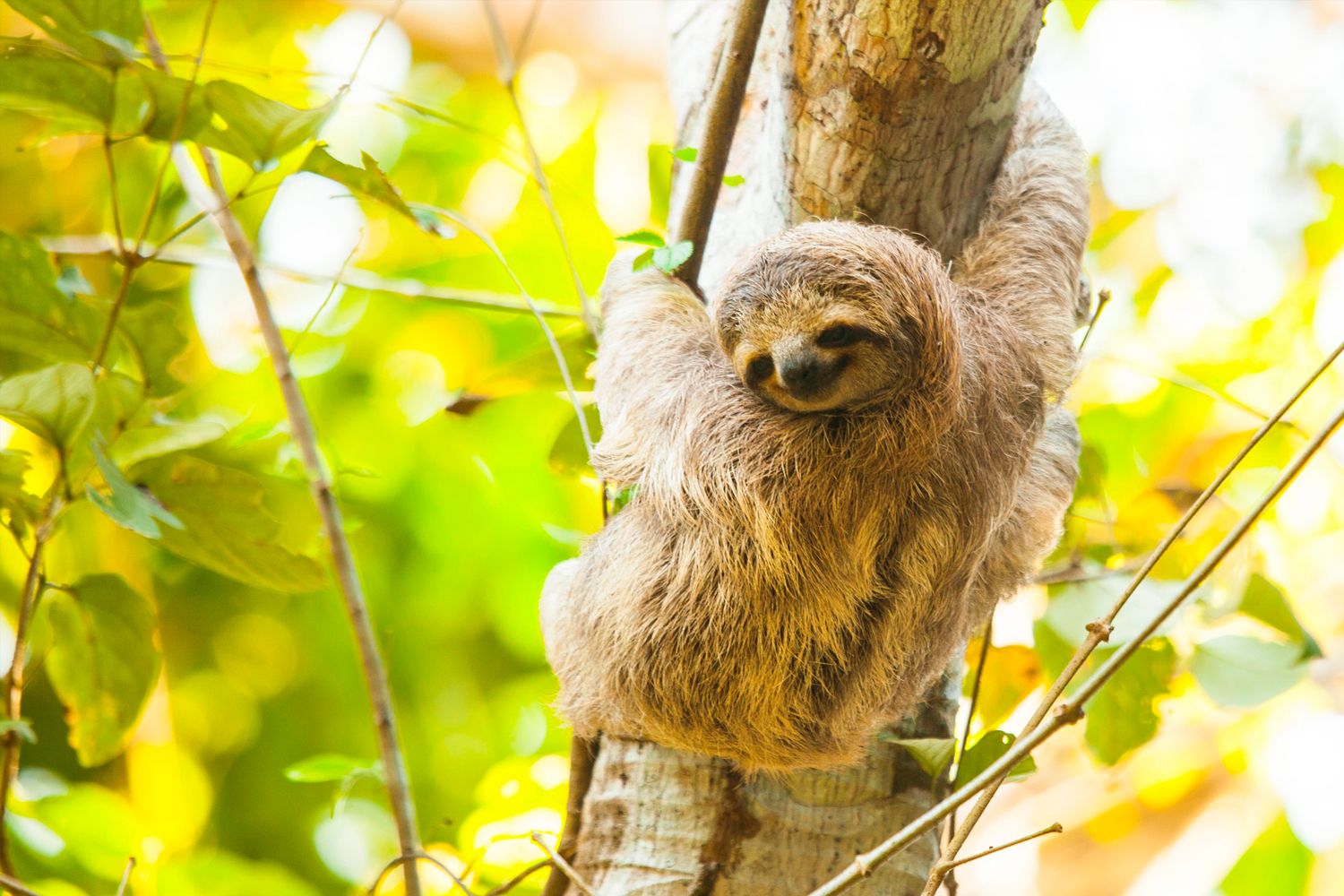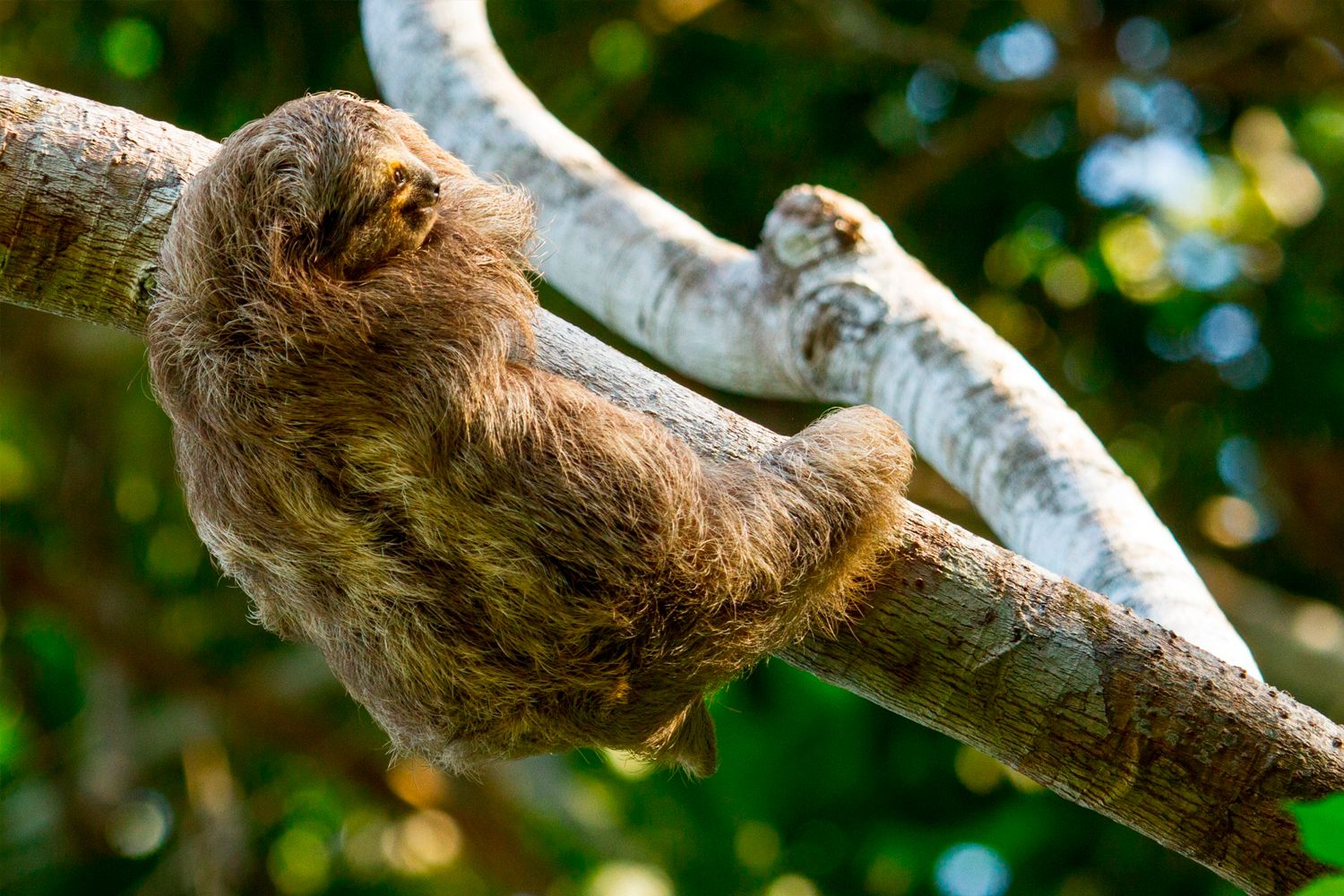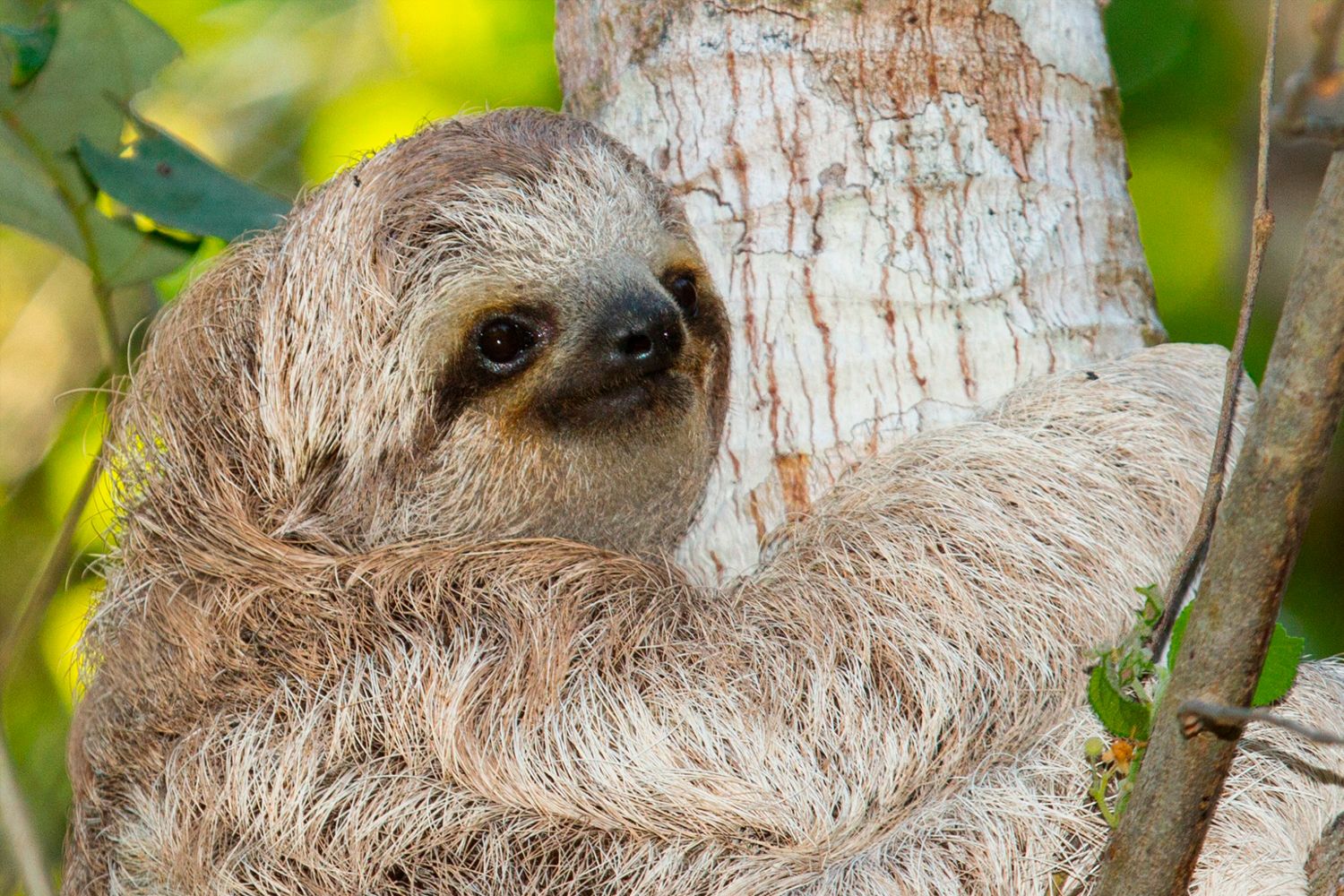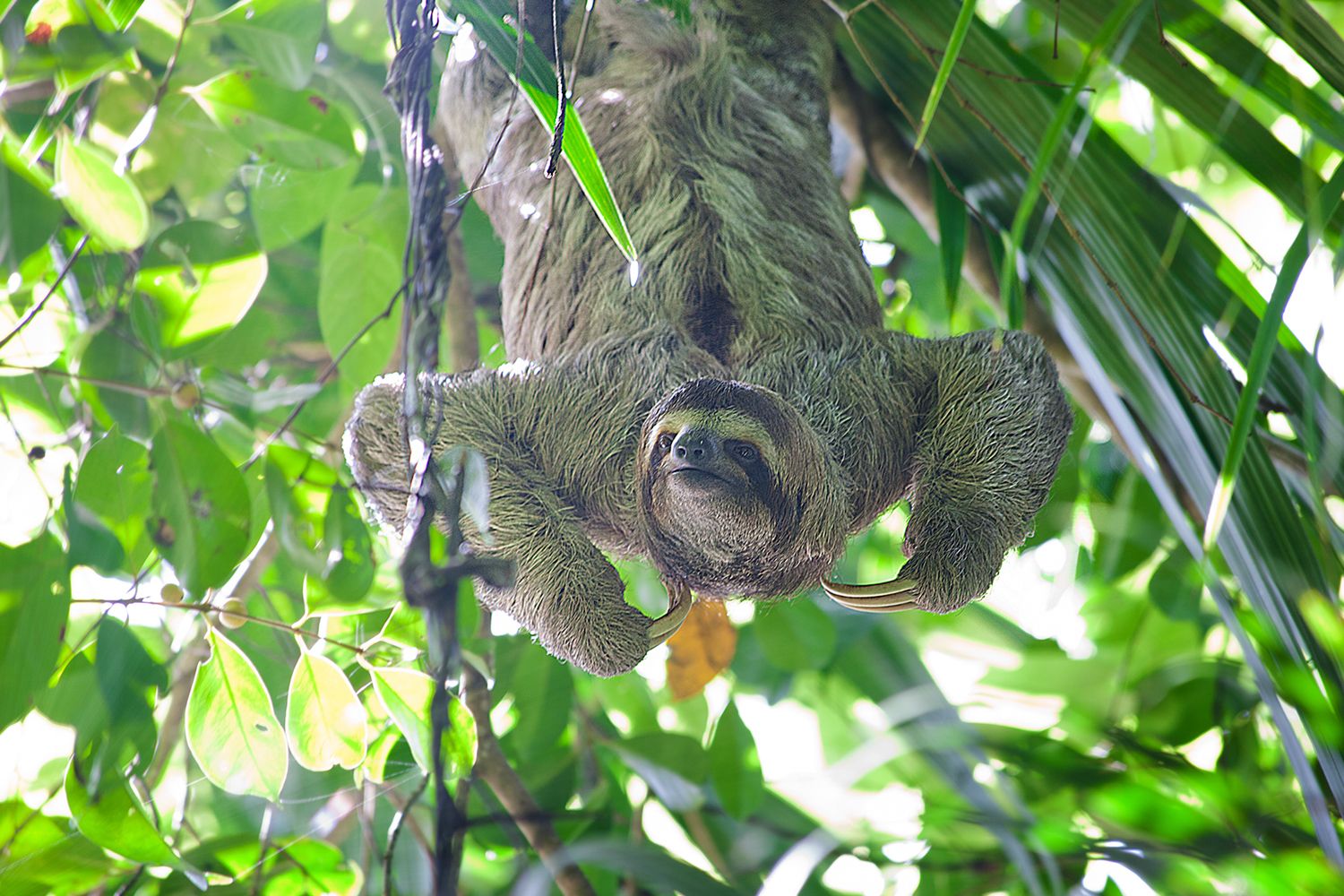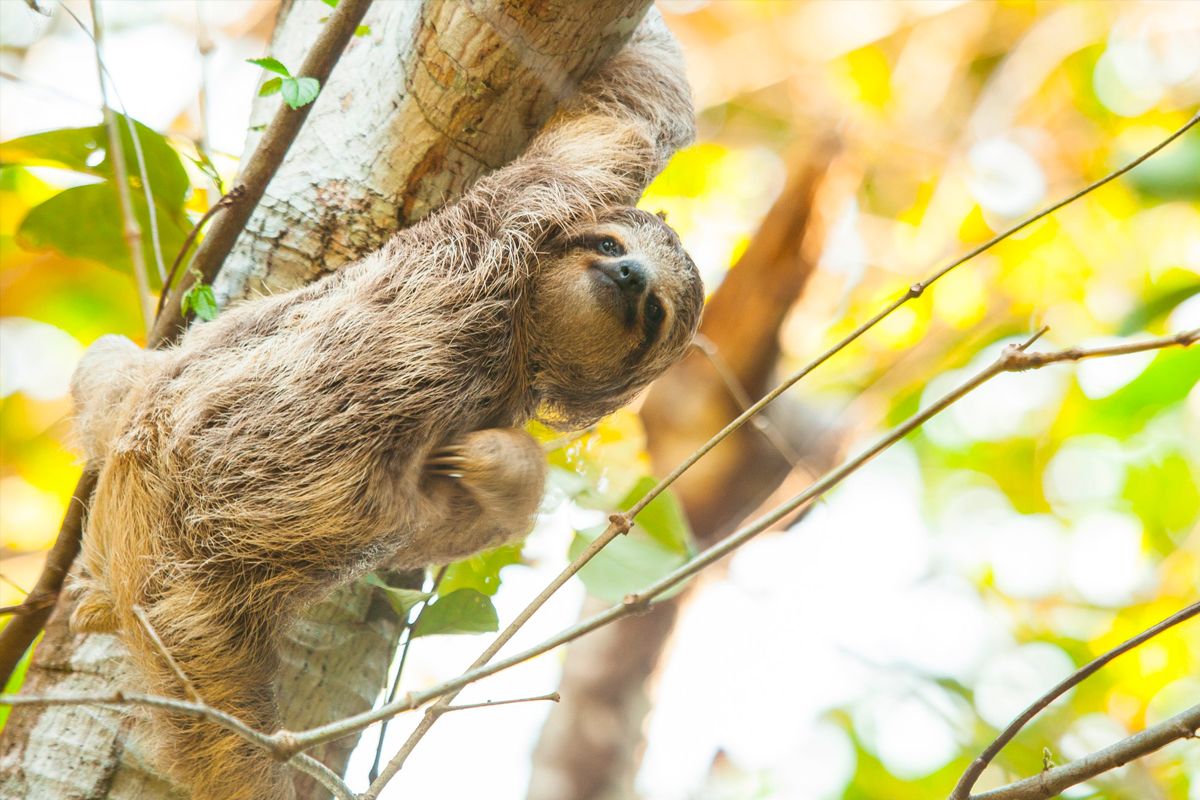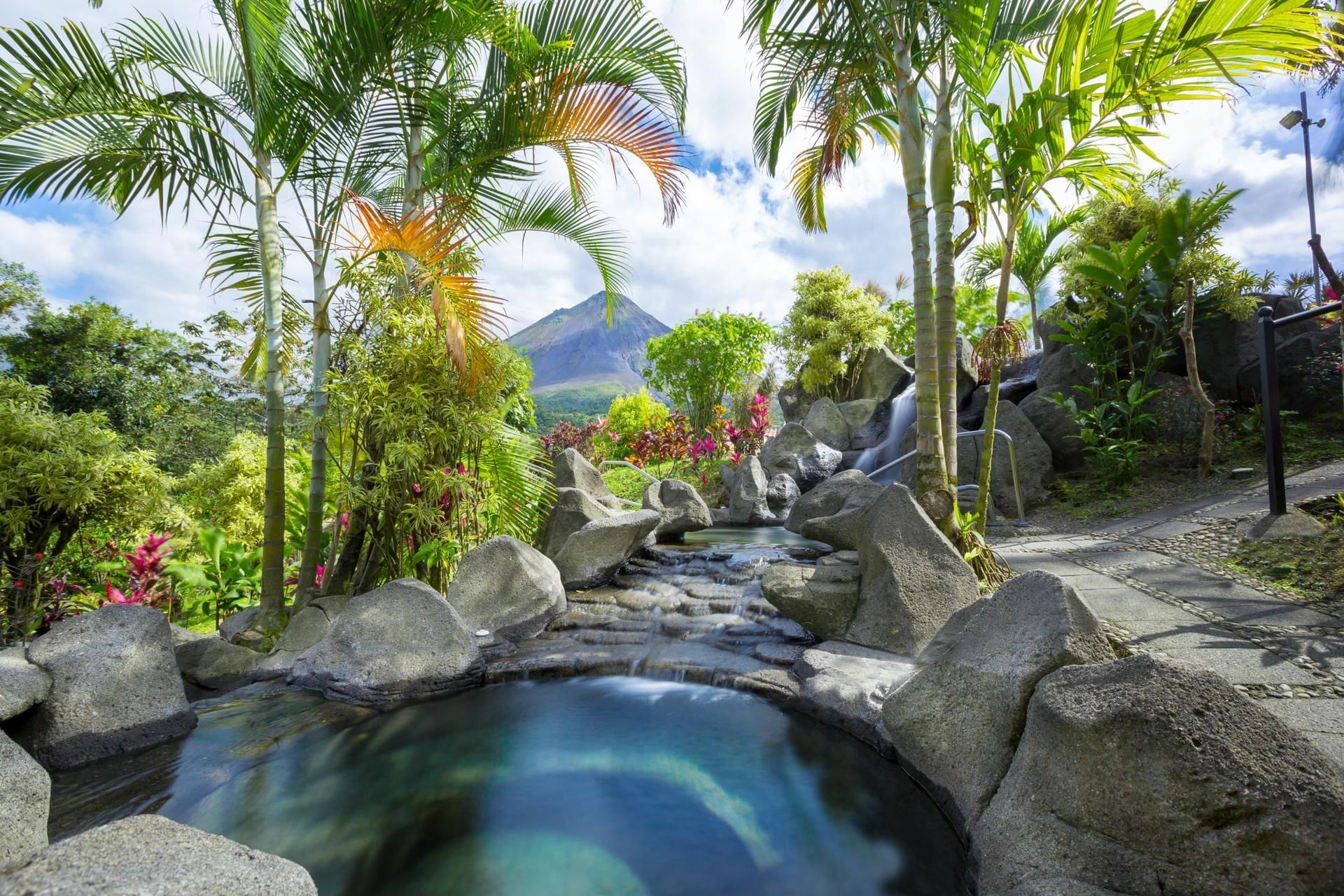The Costa Rican Sloth: A Truly Amazing Creature!

Sloths are kind of amazing. They're the animal that most kids want to see when they come down here to Costa Rica! Check the following fact sheet with interesting information about Costa Rican sloths and discover why they’re so popular so when you see them, you'll love them even more.
What Is a Sloth?
Sloths are tree-dwelling mammals with a roundish body, a long snout, and two or three long toes on each foot. Sloths are the slowest mammals in the world, and they live in the rainforests of Central and South America. Sloths are arboreal animals, meaning they live in trees and spend nearly all their time upside down.
There are six species' of sloths in the world, with two living in Costa Rica; the two-toed sloth (Hoffmann's two-toed sloth) and the three-toed sloth (brown-throated sloth).
Why are Sloths so Slow?
Sloth are slow because of their low metabolic rate, which means they eat less often. The sloth also has a prolonged digestive system, meaning that it can take up to a month for food to be broken down and used by the body.
Can Sloths Swim?
Although they don't move much, sloths are actually excellent swimmers, using their long arms to paddle through the water with ease. Their heavy fur prohibits them from swimming long distances, though. But if they have to cross a river or stream, that's normally not a problem.
Eating and Sleeping
Sloths sleep for around 15 to 18 hours every day, and are most often awake at night. Their slow metabolism allows them to eat only once a week or so, with their diet consisting of leaves, flowers, fruit, and insects.
Where to See Sloths in Costa Rica

Sloths are found in the rainforests of Central and South America, including Costa Rica. They spend most of their day hanging upside down from tree branches so when you're in national parks, if you look up, your guide can often point them out. Sloths move so slowly that algae often grows on their fur, giving them a greenish appearance that can make them harder to spot.
While sloths are most active at night, the best time to see them during the day is at around dawn or early morning when they're often more active (well, as “active” as a sloth gets, anyway).
Sloth Sanctuaries in Costa Rica
There are sloth sanctuaries in various parts of Costa Rica, including Arenal, Manuel Antonio, and Puerto Viejo. These places often take in injured and abandoned baby sloths from the wild that would die on their own.
Only trained staff handle them, but you can see them up close and take great photos.
And while sloths can be seen outside of these sanctuaries, in rainforests and cloud forests all over the country, visiting them is a great way to show support for the work they do with rescuing and rehabilitating these beautiful animals. And you get to learn a lot about them, too.
National Parks and Reserves
The other best way to see a sloth is simply to go where sloths live and take a hike. Manuel Antonio National Park is particularly famous as a sloth hot spot, and a guide will always do their best to find you one. Another great place is right outside the La Fortuna/Arenal area, called Sloth Territory. This is a reserve owned by a local family. Several acres are dedicated to the rainforest near the river La Havana.
Following your guide along these natural spaces teaches you the different characteristics of the rainforest and the complex relationship between the vegetation and its wildlife.
FAQs about Sloth Spotting
Yes. You can see them in the wild as well as in sanctuaries.
Yes, you can see the Brown-throated sloth, a species of 3-toed sloth, and the Hoffman's two-toed sloth.
We recommend binoculars, a camera, rain gear, bug repellent, and sunscreen.
All ages are welcome.
It’s pretty common to see them from some distance. Of course, you get a closer look if you visit a sanctuary, but they’re not hard to find in the wild.
The best places to find sloths in their element include Manuel Antonio, Tamarindo, Tortuguero, Puerto Viejo, Dominical, Osa Peninsula, and Uvita. They live in Monteverde, but they’re harder to spot there because of the weather. You may see them on the beach or in the rainforest. As you’re driving or walking, you may see them in the treetops or even crossing the road. Drive carefully, please.
Please do not hug a sloth in any part of Costa Rica.
While they like to move slowly, they can attack quickly if they feel threatened, so NO, don’t touch one. If you find one on the road, let it cross on its own or with the help of a local who knows how to handle it correctly. They are often seen in pictures, seemingly waving. This is a motion they do when they are afraid; it is not a friendly wave. Take a few steps back and get a picture of a more relaxed and happy sloth.

